This is a followup note to my original posting http://forums.gardenweb.com/forums/load/fig/msg0911110531247.html regarding the growing of fresh figs for market in Missouri. I have not had time to process all of the information from the visit nor have I yet had time to research the topic in great depth. I will do my best to explain my observations from my short but impressive visit.
The first of his two 30x100Â greenhouses is filled with figs. It is heated with vegetable oil and is cooled by the raising of a curtain on both sides of the greenhouse (cross ventilation) with an electric motor that runs off of a battery that is charged by a solar panel. The motor drives a worm gear that pulls a cable and pulley system that raises the side curtains (both sides) of the greenhouse, allowing for cross ventilation. Â Â It cools down adequately on hot days.
    His "solar geothermal" hoophouse contains about %25 figs and the rest are vegetables and strawberries. This house is cooled and heated by taking advantage of the thermal mass under the greenhouse - a subterranean heating and cooling system. The earth under the greenhouse was excavated to install two heat exchange systems - two is needed to maintain maximum efficiency. Each system is composed of 16 rows of 4" flexible perforated tubes, spaced 1 foot apart. The 4" pipes connect to a larger pipe (15"??). The two larger pipes connect to a 20" vertical pipe for input and output. (see my basic drawing)
    Air is blown down one 20" pipe and comes out the opposite corner.  During the day the fans run, pushing the the warm and humid air through the pipes.   Mold, fungus, and mildew does not form in the tubes because it is an aerobic system. The nearly continuous air flow plus the perforated pipes contribute to the health of the system.  The perforated drainage pipe allows moisture and heat to transfer between the soil and the pipe.   This also warms up the soil which is good for the roots, especially when front and back end seasonal temperatures are cold.    (He planted some fig cuttings this spring and they are already making figs on their 5-6' stems! See the photo below)
  At nighttime the fans can run and the heat that was stored in the ground becomes available to warm the greenhouse. Warm moist air is produced by the system at night.
There is also a thermostatically controlled exhaust fan mounted on the back wall to pull out excessive heat during the day.  The fans that blow air through the underground grid are also controlled by a thermostat.     I am not sure of the exact temperature levels that are set for day and night time running cycles. (He has a goal to someday run these fans off of solar electricity if I remember correctly)
The coldest that it got last winter was about 2 below zero F. Â Â Â The geothermal system kept the greenhouse around 43 deg during this coldest time. Â That is what really impressed me! Â Â It is like having a Mediterranean microclimate all year.
    The outside of the greenhouse has a thick blue styrofoam insulation skirt that extends about 2 feet outward on the ground level, then extends about 5 feet into the ground. This is more important in the winter time, keeping the frozen ground at some distance from the edge of the greenhouse.   He has a double layer of plastic that is inflated, especially in the winter months.  This adds some insulation value.
The minimum sized greenhouse that will will function this way is 1000 sq feet. Small houses end up with more exposed surface area relative to the amount of underground heat storage.
If you are serious about this type of greenhouse - shop around. There are huge differences in price with little difference in quality in some cases. Also, thoroughly research your plan. Fossil fuel heated greenhouses are wasteful and expensive to run - this alternative design really saves a lot of money and energy in the long term.
This first photo shows the dense fig tree growth in his first greenhouse.
The second photo shows the outside of the first greenhouse with the movable curtain to allow ventilation.
The third photo shows one of two exit vents from the underground system Clean dry fresh air!
The fourth photo show an input fan next to a bed of strawberries.
The fifth photo shows the first years growth from cuttings - now five to seven feet tall and ripening figs. The warm soil makes them grow fast.
The last photo shows the outside of the first greenhouse with the ventilation curtain open. There is a forest of Brunswicks growing outside.
Here are some websites that might shed additional light on Solar Greenhouses.
A) Build it Solar - http://www.builditsolar.com/Projects/Sunspace/sunspaces.htm
B) Permaculture Greenhouse - http://www.midwestpermaculture.com/GreenhouseDescription.php
C) Calculations - http://numsum.com/tag/show/greenhouse
D) SunnyJohn - interesting array of info - http://www.sunnyjohn.com/indexpages/shcs.htm
E) Columbia Tribune - another article about IvanÂs greenhouses - http://columbiatribune.com/2008/Sep/20080912Busi009.asp
Ingevald




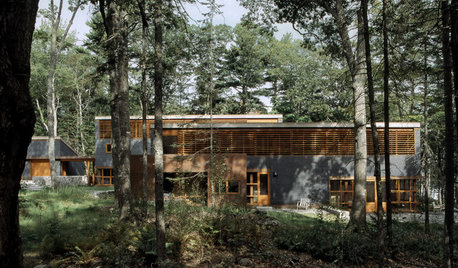
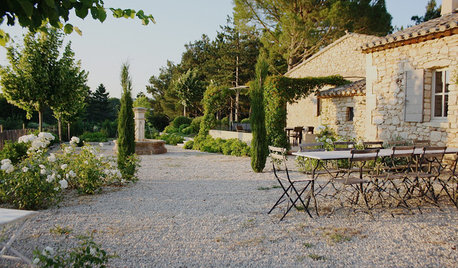
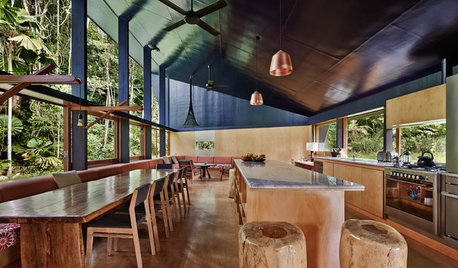

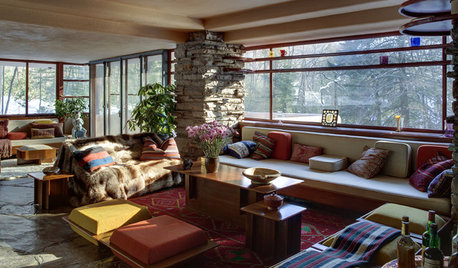
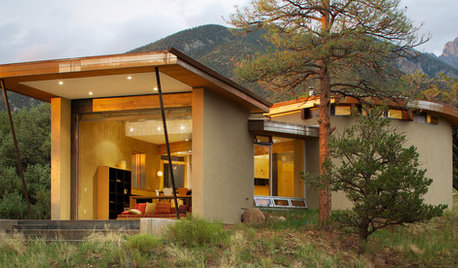








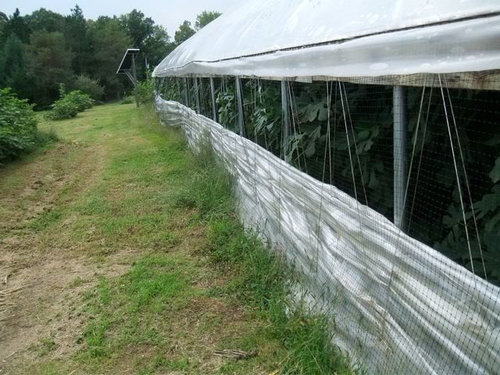




loslunasfarms
xon2000
Related Professionals
Edmond Landscape Architects & Landscape Designers · Forest Acres Landscape Architects & Landscape Designers · Lake Oswego Landscape Architects & Landscape Designers · Pottstown Landscape Contractors · Laguna Hills Landscape Contractors · Melrose Park Landscape Contractors · North Potomac Landscape Contractors · Carlisle Decks, Patios & Outdoor Enclosures · Lancaster Decks, Patios & Outdoor Enclosures · Lebanon Decks, Patios & Outdoor Enclosures · Montgomery County Decks, Patios & Outdoor Enclosures · Urbana Decks, Patios & Outdoor Enclosures · Orlando Fence Contractors · Pacifica Fence Contractors · Savage Fence Contractorspaully22
loslunasfarms
ingevaldOriginal Author
aroidgrower
rjcantor